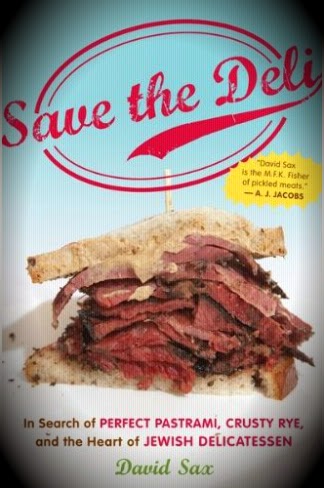1. What's the key message of this book?
This book is unlike any financial message you’ve ever read.
Rather than proscribe a list of rules and mandates, it views
money as a handle for the deeper issues of a person’s soul.
The truth is that money is power, and power exaggerates
whatever is in your heart.
Many Christians are perplexed by money itself, how the
Bible instructs its use, and what their role is in the landscape
of riches or the lack thereof. Largely, the Church has seen
abuse on both sides of the debate. However, this book
clearly explains and prescribes the path to freedom from a
poverty spirit, the spirit of Mammon, and the development a
prosperous soul.
This book is a step-by-step financial deliverance for
Christians who have struggled with destructive patterns
that wreak havoc in their financial lives. Some recognize
generational cycles that are destructive, while others admit
outright self-sabotage. Money and the Prosperous Soul
leads the reader out of the dark and into the light of Biblical
promise.
2. Do a lot of people relate being poor to being spiritual?
Being poor is not spiritual; it is just living in lack. Christians
know from scripture and experience that poverty and
Mammon are both evil. But a problem arises when we
perceive ourselves as standing between these two extremes,
rather than moving beyond them and into a prosperous soul.
We learn to hate the two evils unequally. We perceive the
first to be especially evil over the second, causing us to
back away from the former directly into the latter. The devil
likes to send evil in pairs, keeping us busy measuring our
placement between the two, rather than navigating free.
Take Mammon for example. Because of Luke 16, most
Christians understand Christ’s warning and back away as
far as possible from riches and wealth. Misunderstanding
Mammon as riches or money, they back directly into realm
of poverty. The closer they get to poverty, the farther they
move away from Mammon. They spend their lives as close
to poverty as possible, living just outside its snapping jaws
of crisis and weakness because they hate the two evils
unequally.
But we are called to navigate away from both poverty and
Mammon, into the abundant life Christ spoke of in John 10.
3. What's a good way to be more prosperous and feel more
prosperous instantly?
Prosperity is an inside job…but it doesn’t stop there.
Prosperity, as Jesus would describe, would constitute true
riches. Examples would be peace of mind, living with
purpose and helping others. Becoming a person of influence
and strength will often require money, but money is merely a
tool of prosperity.
I’ve seen prosperous people in Africa who own nothing my
American standards; likewise, I’ve seen impoverished people
in America with six-digit incomes. At the same time, I’ve
seen wealthy Americans overjoyed with their ability to live
generously. This is because prosperity is not about money.
First, if you want to feel more prosperous instantly, I would
recommend a heavy dose of the Cross of Christ. Meditate
on the fact that the Cross restored you to significance. Many
Christians have no trouble understanding who God is; their
problem comes in misunderstanding who they are. If you
want to feel more prosperous, get a long glimpse of yourself
in Christ.
Second, return to your dream. Many Christians have allowed
their dreams to be shut down, either because they are afraid
of the dream or because they have been worn down by
troubles. Your dream enables you to see further than your
circumstances. We are designed to carry hope and to believe
that God is a rewarder of those who seek Him.
4. What's the most exciting part of the process of putting a book
like this together?
For me, the most exciting part of this process has been living
out the message first hand. The writing of this book has put
to words a deep and personal process in God. I describe it
to friends as the difference between being awake and being
upright. When I gave my heart to Christ, I came awake. But
when my soul began to prosper, I stood from my bed and
began to run.
Learning to hear the voice of God, to lead and co-labor with
Christ in strength, is our portion as Christians. Becoming a
bond-servant of Christ was my salvation; becoming an heir to
His kingdom made me a significant son.
5. What's next for you?
My next project is to write a follow up to this book
entitled “An Exaggerated Heart. This develops the original
thesis that money is power and power exaggerates whatever
is in your heart. I believe God designed money to be so
powerful, and when our hearts are filled with Him and our
souls prosper, we will allow money to exaggerate…Him!
The world is again facing Pharaoh’s nightmare. And though
the soothsayers and magicians are madly interpreting the
dream, the king awaits the voice of God through Joseph. This
time, however, God will speak through thousands, perhaps
millions, of Josephs as the Body of Christ steps into its
role as prosperous souls. Our ability to lead as supernatural
stewards will rescue cities, states and nations in the name of
the Christ.
I am also working on two other manuals, one dealing with
practical home financial tools, and the other designed for
entrepreneurs and the market place. I hope to do some
domestic and international travel where I hope to teach on
my favorite subject: money and the prosperous soul.
_________________________________________________________________________





